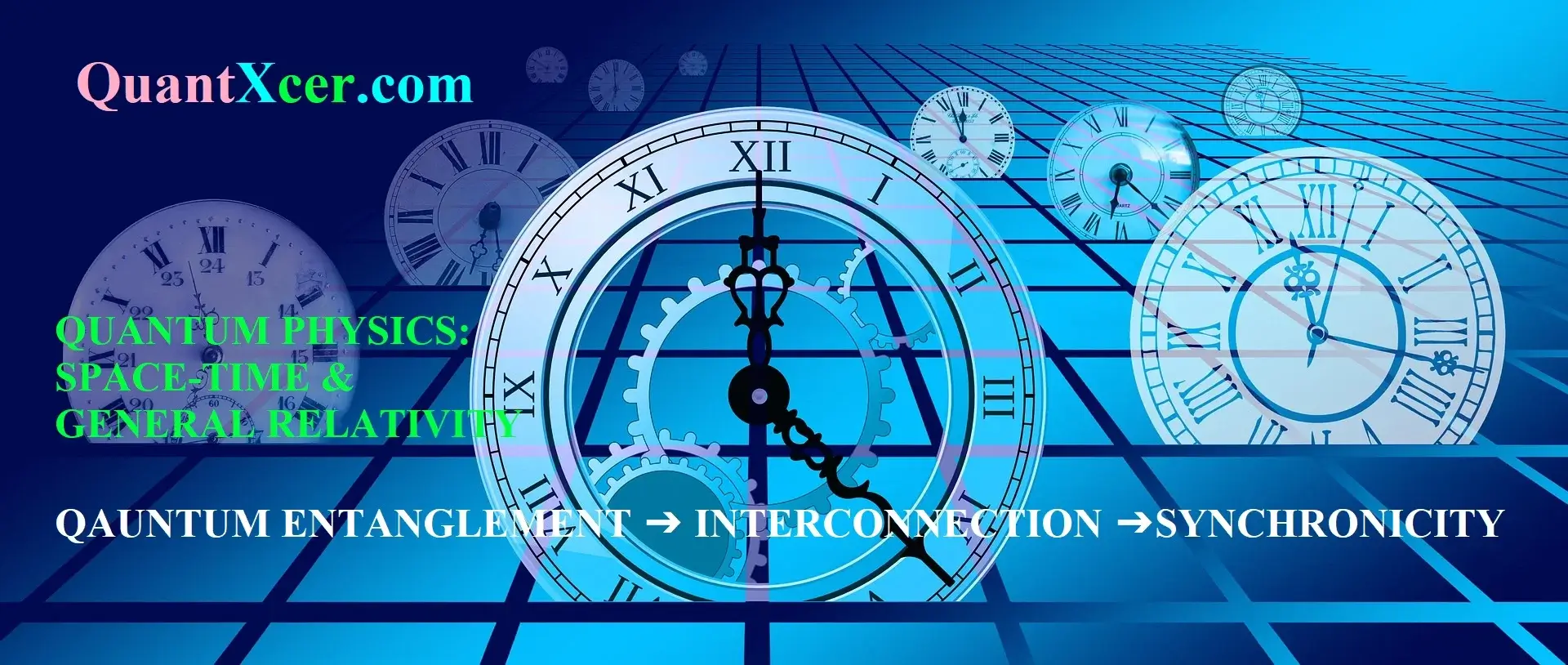TRANSFER OF MOLECULAR ENERGY DRIVEN BY LASER-LIGHT
By using ultrashort laser pulses to cause the atoms of molecules in a solution to vibrate, scientists have developed a precise understanding of the dynamics of energy transfer that occur during the process.
Light strikes molecules, is absorbed, and then reemitted. The level of detail in investigations of such light-matter interactions has continually increased because to developments in ultrafast laser technology. Even more in-depth information is now available through FRS, a technique for laser spectroscopy in which the electric field of pulses that repeat millions of times per second is captured with time resolution after passing through the sample: For the first time in theory and experiment, researchers in the quantum optics field demonstrate how molecules gradually absorb the energy of the ultrashort light pulse in each individual optical cycle, then release it again over a longer period of time, converting it into spectroscopically significant light.
The research clarifies the fundamental mechanics governing this energy transfer. Additionally, it creates and validates a thorough quantum chemistry model that will be utilised later on to quantitatively anticipate even the slightest departures from linear behaviour.
A child on a swing initiates its motion with body tilts that must be coordinated with the swing's motion. This gradually raises the swing's energy, causing the swing's deflection to rise over time. Similar effects occur when a short laser pulse interacts with a molecule, though at a rate about 100 trillion times faster: as the alternating electromagnetic field syncs with the atomic-level vibrations of the molecule, these modes begin to absorb more and more energy from the light pulse, and the vibration amplitude rises.
The molecule continues to vibrate after the thrilling field oscillations are over, just like a swing does after a person stops leaning it. The slightly electrically charged atoms in motion then emit a light field like an antenna. Here, atomic masses and bond strengths of the molecule are used to estimate the frequency of the light field oscillation, allowing for molecule identification.

The exciting light pulses and the decaying light field oscillations, two components of the light field, have now been distinguished using time-resolved spectroscopy, according to the researchers in this field. They did this to look at how organic molecules behaved when dissolved in water. According to the quantum optics researchers - conventional laser spectroscopy methods typically only measure the spectrum and thus do not allow any information about the temporal distribution of the energy. However, our method can precisely track how the molecule absorbs a little more energy with each succeeding oscillation of the light field. The fact that the researchers repeated the experiment while varying the stimulating pulse's duration but leaving its spectrum unchanged serves as the greatest illustration of how the measurement approach enables this temporal distinction. For the dynamic energy transfer between light and the vibrating molecule, this makes a significant impact because the molecule can then absorb and release energy multiple times during the excitation depending on the temporal structure of the laser pulse.
The researchers have created a quantum chemical model that is based on supercomputers to better understand precisely which contributions are crucial for the energy transfer. Without using measured values, this can explain the measurement results. According to researchers in the field of quantum optics - this allows for artificially switching off individual effects such as the collisions of the vibrating molecules with their environment, or even the environment's dielectric properties, and thus elucidate their influence on the energy transfer.
In the end, how much information can be gleaned from a spectroscopic observation depends on the energy re-emitted during the declining light field oscillations. Thus, with the aim of continuously improving it, the work gives a vital contribution to a better understanding of the effectiveness of optical spectroscopy, for instance with regard to the molecular compositions of fluids or gases.
